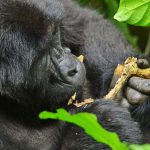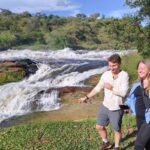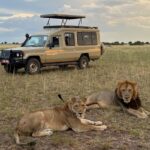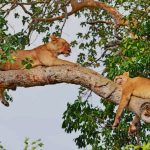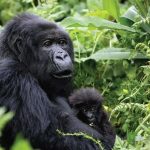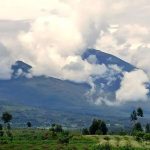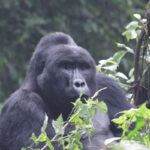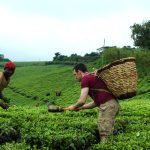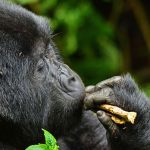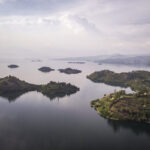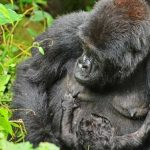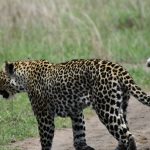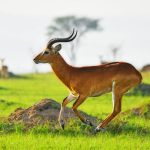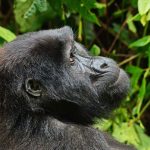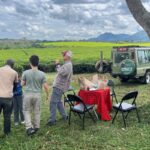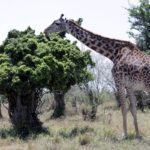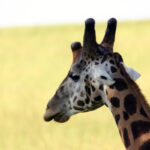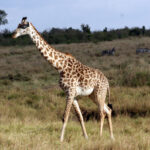Spanning 3,840 square kilometres, Murchison Falls National Park is the largest national park in Uganda.
Murchison Falls National Park offers a unique and captivating wildlife experience that few places can match. From the mesmerizing Murchison Falls to the diverse flora and fauna that inhabit the park, a visit here promises adventure, beauty, and unforgettable memories.
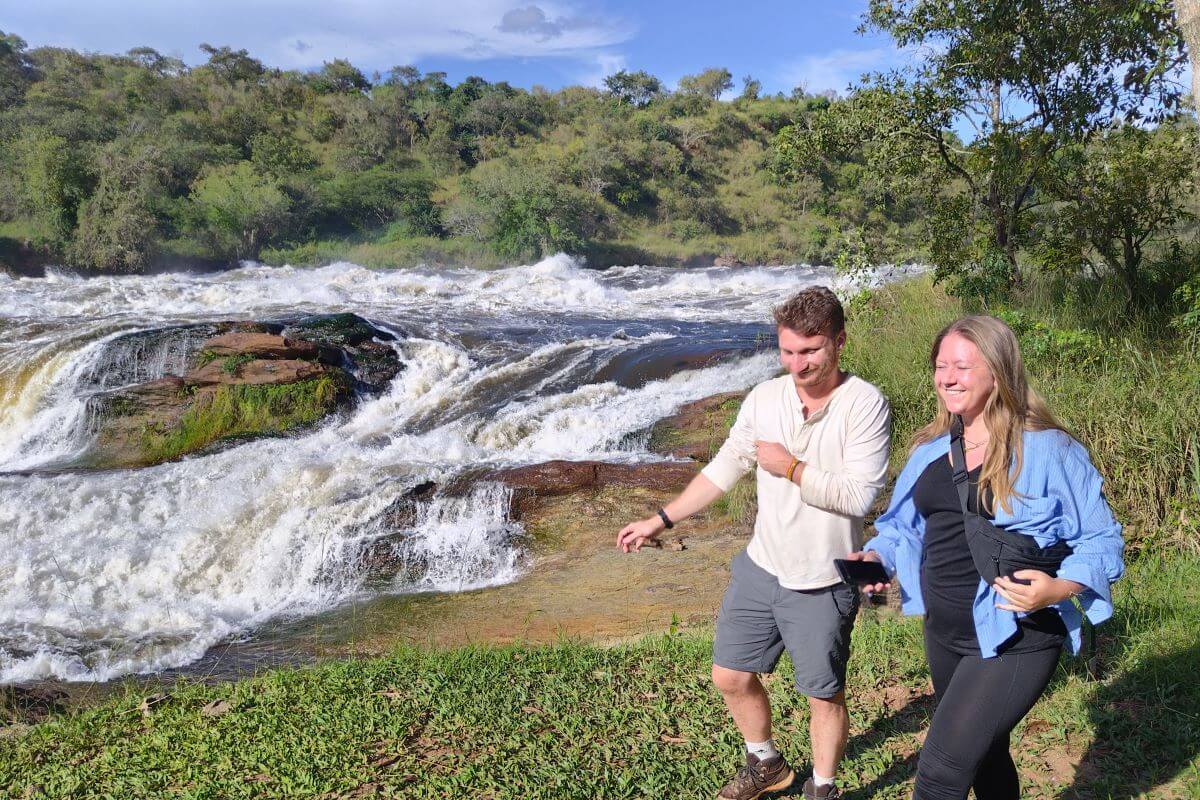
The northern part of the park features wide-open savannah plains, Borassus palms, acacia trees, and riverine woodlands. It’s a haven for a variety of wildlife, including elephants, giraffes, lions, and a plethora of bird species.
The southern section on the other hand, is dominated by lush woodlands and forest patches, creating a haven for primates like chimpanzees and numerous bird species.
To make the most of your visit, we’ve put together a guide with essential information, tips, and recommendations for a memorable Murchison Falls experience.
Getting to & around Murchison Falls NP
Murchison Falls National Park is accessible by road from major Ugandan cities.
To access the park, you can use various entry points and gates. The main access point to Murchison Falls National Park is through the Kichumbanyobo Gate, which is about 87 kilometers from the nearest town, Masindi.
Within the park, a network of well-maintained game drive tracks allows you to explore its diverse habitats.
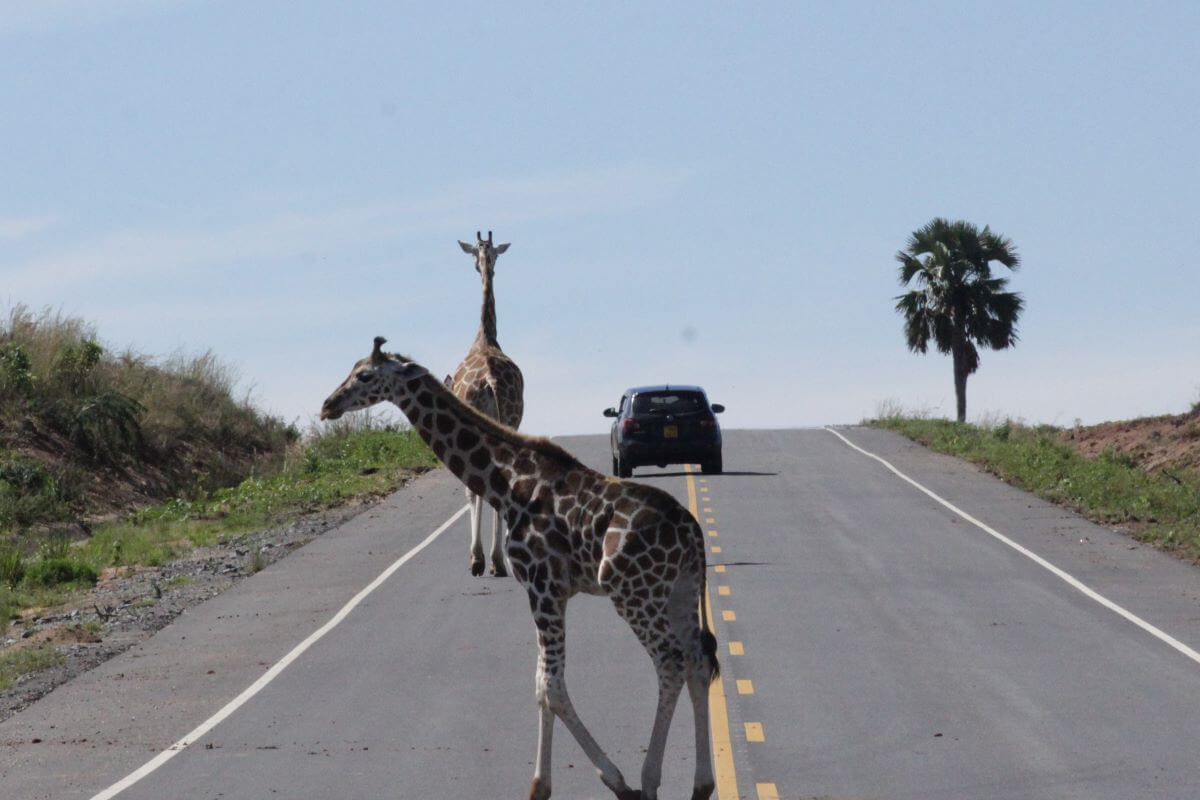
The best time to visit
The best time to visit Murchison Falls National Park is during the dry seasons, which typically run from December to late February and from June to September. During these periods, animals congregate around the water bodies making it easier to find them.
The reduced vegetation during the dry seasons offers great visibility and a greater chance of spotting the Big Five.
Visiting Murchison Falls National Park
These are some five things you should know before visiting the park or while you are already there;
1. Drive carefully
While driving in the park, maintain a controlled speed of around 40 km/hr. Excessive speed can be dangerous, as you may encounter animals crossing the road, potentially leading to accidents and harm to both animals and yourself.
2. Stick to designated tracks
Murchison Falls National Park has carefully designed game drive tracks that can handle a specific number of vehicles.
Going off-track places undue stress on the fragile environment. Please adhere to the park’s regulations by staying on designated routes and avoiding driving off-track.
3. Take nothing but photos
Littering can have severe consequences for park wildlife. Animals like baboons, warthogs, elephants, and buffaloes may ingest improperly disposed trash.
Plastic waste, in particular, can obstruct their digestive systems, often resulting in death. We all share the responsibility of keeping the park clean by refraining from littering.
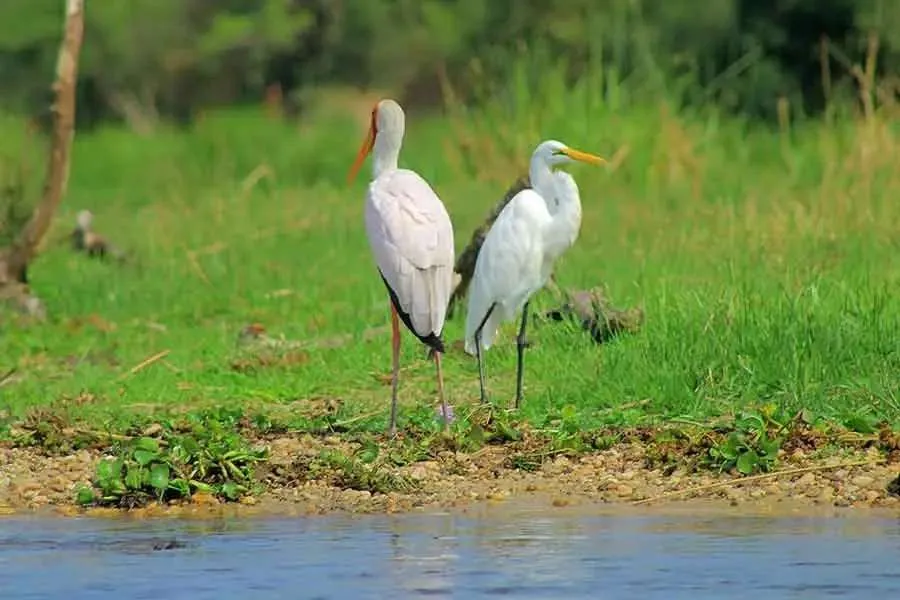
4. Don’t feed the wildlife
Feeding wildlife with human food is dangerous to their well-being and safety. Animals that get used to such food sources can become a nuisance; breaking into tents, cars, and hotels in search of yellow bananas, mangoes, or biscuits.
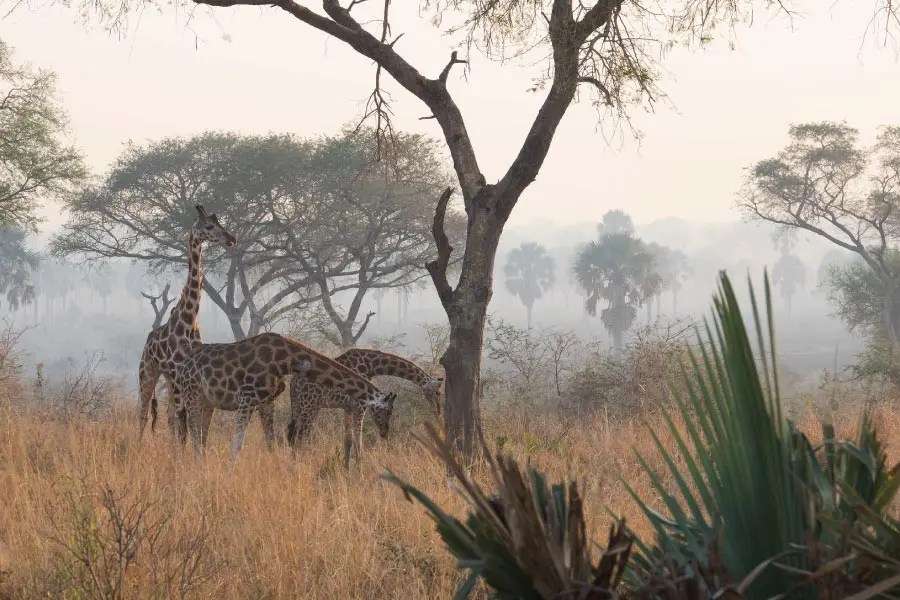
5. Keep a respectful distance
Remember that all wildlife in Murchison Falls National Park is wild and potentially dangerous. To ensure your safety and the well-being of the animals, refrain from harassing or getting too close to them, especially when taking photographs.
These guidelines are in place to enhance your enjoyment of the park while protecting its flora and fauna and ensuring your safety.
Final Thoughts
Visiting Murchison Falls National Park is a unique opportunity to connect with nature. By adhering to these guidelines, you’ll not only enhance your experience but also contribute to the preservation of this unique ecosystem.
Enjoy your journey into the wild responsibly and respectfully.
Related articles
- Is Uganda safe to visit
- Top tourist attractions in Uganda
- Uganda visa requirements for visitors
- Choosing between Murchison Falls and Queen Elizabeth N.P

